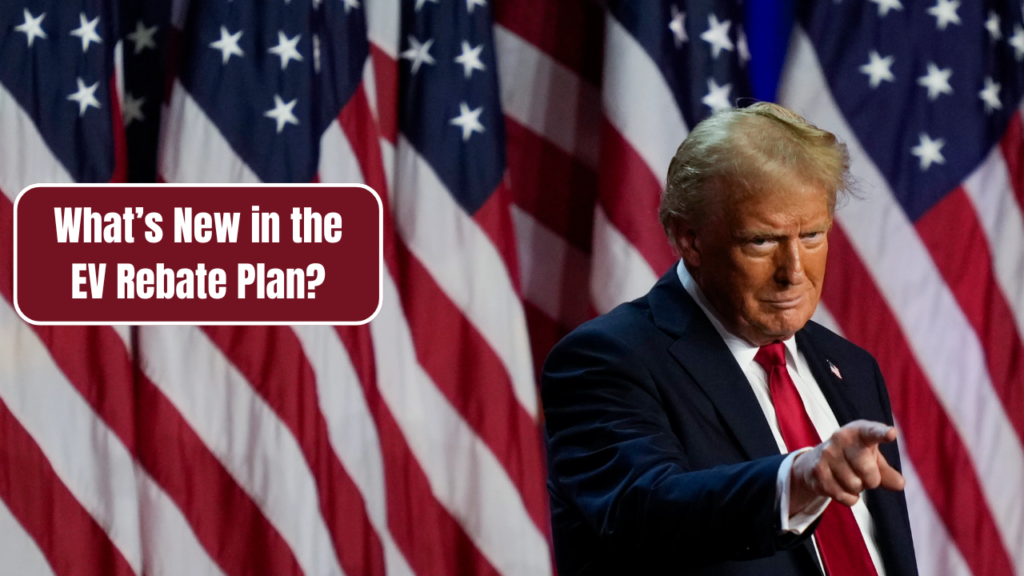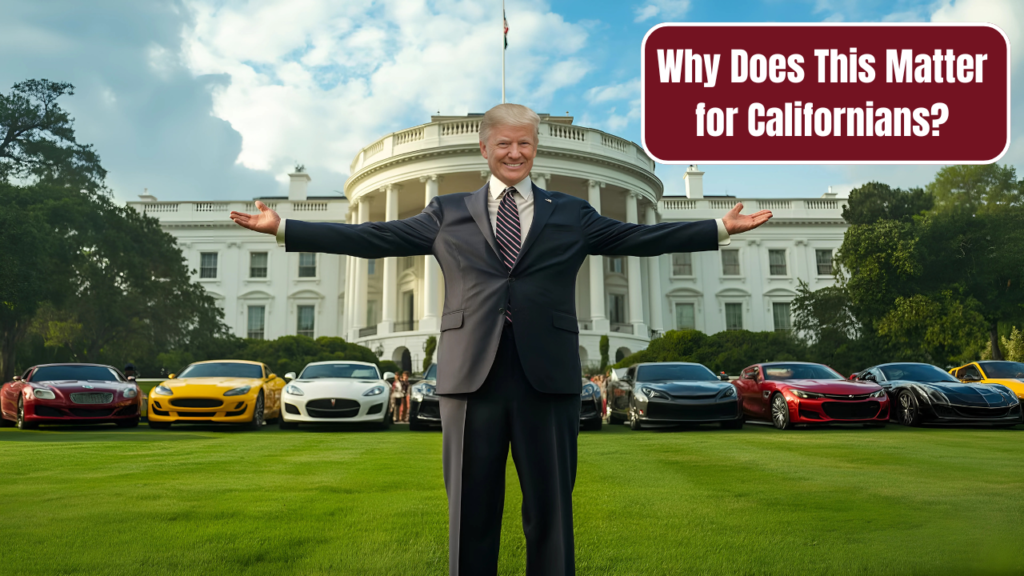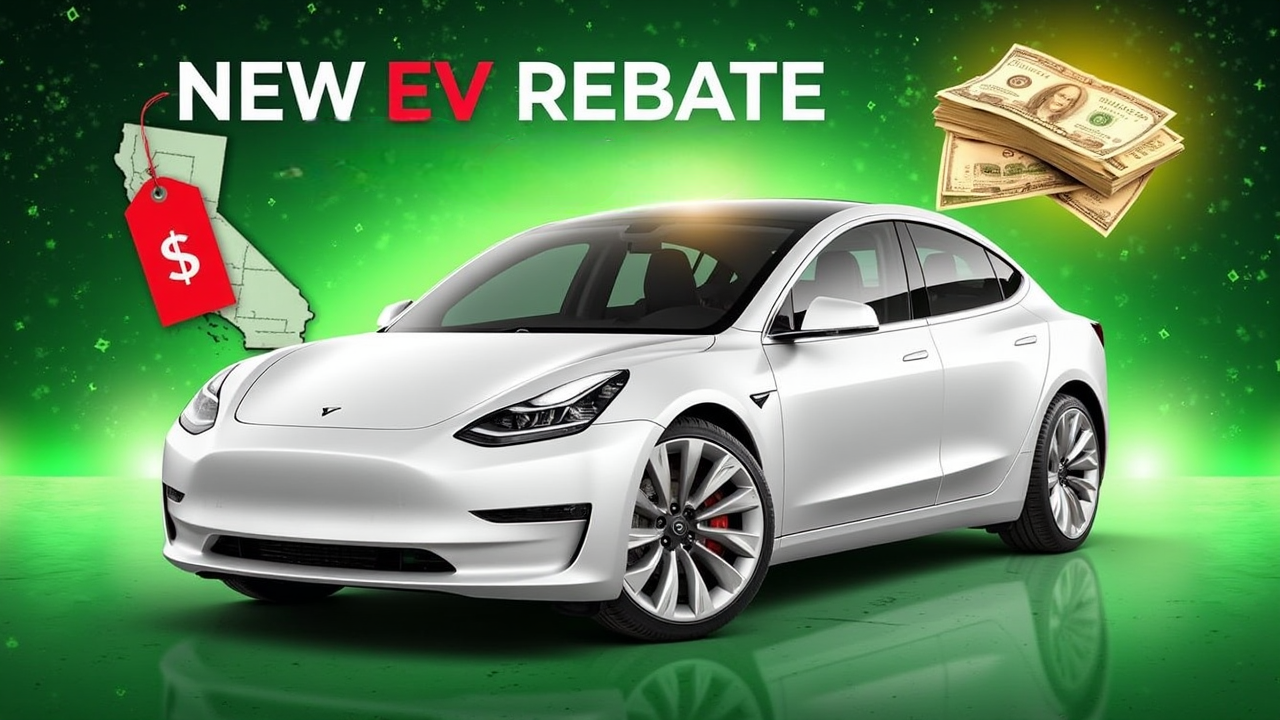California continues to lead the charge in adopting electric vehicles (EVs) with the introduction of a revamped EV Rebate Plan. Designed to make EVs more accessible to a broader audience, the program is a significant step toward the state’s ambitious goal of achieving 100% zero-emission vehicle sales by 2035. Here’s everything you need to know about the new rebate plan, how it works, and what it means for you.
What is the California EV Rebate Plan?
The California Clean Vehicle Rebate Project (CVRP) offers financial incentives to individuals and businesses purchasing or leasing electric vehicles. The new plan for 2025 introduces revised rebate amounts, expanded income eligibility, and prioritizes equity for low- and moderate-income households.
Post not found.

What’s New in the EV Rebate Plan?
1. Increased Rebates for Low-Income Buyers
- Standard Rebates:
- Battery Electric Vehicles (BEVs): Up to $7,500.
- Plug-in Hybrid Electric Vehicles (PHEVs): Up to $6,000.
- Fuel Cell Electric Vehicles (FCEVs): Up to $9,000.
- Enhanced Rebates for Low-Income Households:
- Additional $2,000 for households earning less than 400% of the federal poverty level.
2. Higher Income Caps
- The income eligibility threshold has been raised, allowing more Californians to qualify for rebates:
- Single Filers: Up to $135,000.
- Joint Filers: Up to $200,000.
- Head of Household: Up to $175,000.
3. Focus on Equity and Environmental Justice
- Increased funding for residents in disadvantaged communities, as defined by the state’s CalEnviroScreen tool.
- Additional rebates for those living in areas with higher pollution levels.
4. Used EV Rebates
- For the first time, rebates are available for purchasing used EVs, making electric mobility more affordable for budget-conscious buyers.
5. Streamlined Application Process
- The application process has been simplified, with faster approval times and digital submission options.
Who Qualifies for the Rebate?
Eligibility depends on several factors, including income, vehicle type, and residency.
Income Requirements
- As noted, the rebate is income-restricted but offers higher thresholds than previous versions.
- Low- and moderate-income households receive priority.
Vehicle Requirements
- Eligible vehicles include BEVs, PHEVs, and FCEVs.
- The vehicle must be purchased or leased new (or used for the applicable rebate).
- MSRP limits apply:
- Passenger Cars: Up to $55,000.
- SUVs and Trucks: Up to $80,000.
Residency Requirements
- Applicants must reside in California and register the vehicle in the state.
How to Apply for the EV Rebate
Applying for the rebate is straightforward. Here’s a step-by-step guide:
- Purchase or Lease an Eligible Vehicle
- Ensure the vehicle meets the program’s criteria.
- Work with your dealer to confirm rebate compatibility.
- Submit an Application
- Visit the official California CVRP website.
- Provide documentation, including proof of purchase/lease, income verification, and residency.
- Receive Your Rebate
- Once approved, rebates are issued as a check mailed to your address within 90 days.

Why Does This Matter for Californians?
1. Affordability
- The increased rebates make EVs more affordable, especially for low- and moderate-income households.
- Used EV rebates open the market to those previously priced out of the EV transition.
2. Environmental Impact
- Accelerating EV adoption reduces greenhouse gas emissions and improves air quality, particularly in communities affected by pollution.
3. Economic Benefits
- Reducing dependence on gasoline lowers operating costs for Californians.
- Encourages local businesses and manufacturers to invest in sustainable technologies.
4. Supports Statewide Goals
- Helps California achieve its carbon neutrality by 2045 and transition to 100% zero-emission vehicle sales by 2035.
Challenges and Considerations
- Availability of EVs
- High demand for EVs may result in limited inventory.
- Prospective buyers should plan purchases early to secure rebates.
- Infrastructure Readiness
- While EV adoption grows, expanding charging infrastructure remains a priority.
- California is investing in new charging stations and incentives for home charging installations.
- Rebate Expiry
- Rebates are available on a first-come, first-served basis until funds are depleted. Apply as soon as possible.
Final Thoughts
California’s new EV Rebate Plan is a significant step forward in making electric vehicles accessible to all residents, regardless of income. By offering increased rebates, expanding eligibility, and addressing environmental justice, the program aims to accelerate the state’s transition to a greener, more sustainable future.
If you’re considering an EV purchase in 2025, take advantage of these incentives to save money while contributing to a cleaner environment.
For detailed eligibility criteria and application assistance, visit the California Clean Vehicle Rebate Project website or consult with your local dealership.
FAQs
Q1. What is California’s new EV rebate plan?
A: California’s new EV rebate plan offers monetary incentives to boost the sales of electric vehicles. This plan includes rebates to qualified individuals and businesses that purchase a new or used electric vehicle. This plan can lower the upfront cost of going electric.
Q2. Who is eligible for California’s EV rebate?
A: As determined by income, make and model of the vehicle, and whether it is new or used, rebates may vary to include low-income individuals or families. Therefore, the information can be extremely variable. It’s best to review current information through the California Air Resources Board or other governing authorities.
Q3. What is the amount received as part of California’s EV rebate program?
A: This depends on the type of vehicle, more significant rebates being given for lower-income earners and certain categories of vehicles. The amount of rebate can go as low as a few thousand dollars to bigger amounts for those qualified.
Q4. What are the starting and application dates ofthe California EV rebate program?
A: The new rebate program will be launched in 2025. Applications will be available online through California’s state portal. Keep checking the official website for the exact dates and instructions of the launch.
Q5. What are the benefits of California’s EV rebate plan for residents?
A: This plan helps reduce the cost barrier for the residents who want to adopt cleaner, more sustainable transportation. Apart from financial rebates, the other incentives available include access to HOV lanes, reduced costs in charging, and tax incentives.

